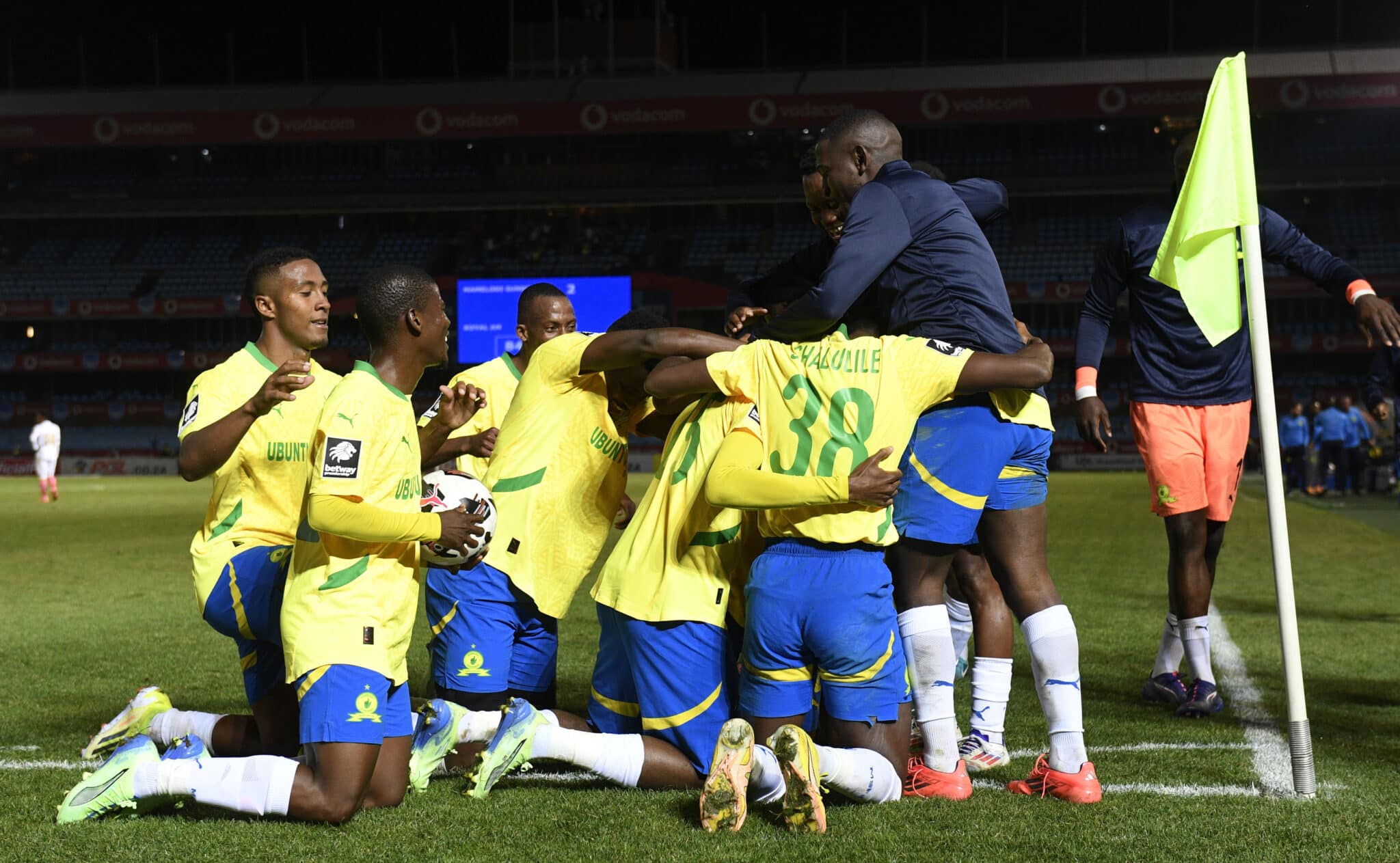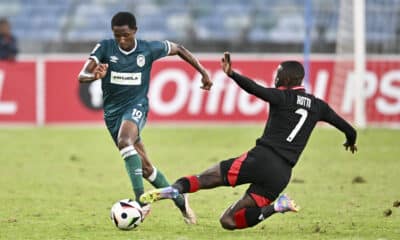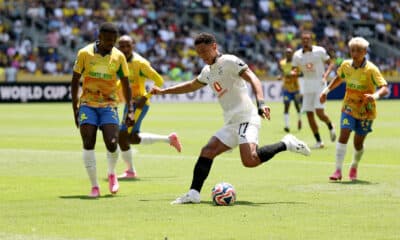
The basics of football will never change – score more goals than the opponent, win key games, and get the most points. But there are marginal gains to be won in set-pieces, like free kicks and corners. Even the most mundane events like throw-ins have attracted specialist coaches hired to help add extra goals or points to a team. Goal kicks are another area whose importance, especially in build-up, has risen over the years, as goal kick rules and tactics have evolved. Inspired by Opta, the question we sought to ask was: Where do PSL teams send their goal kicks?
Is Everyone Building From The Back?
In the last few years, playing out from the back has grown in popularity when restarting play from a goal kick. Some consider it innovative in terms of creating extra space for the team in possession, potentially leading to better chances higher up the pitch. Others consider it risky and avoidable, but risk alone should not be a deterrent if the reward is high. The visual below shows four zones where PSL goal-kicks end up (correct before the midweek games):
- short (within their box)
- long (straight into the opposition half)
- medium right (own half to the right)
- medium left (own half to the left)
Teams That Go Long
Some teams (and coaches) stick to strongly held beliefs about playing from the back or going long. Others are more flexible and can adapt to the situation at hand. SuperSport United (76%), Marumo Gallants (59%), Royal AM (55%), and Sekhukhune United (50%) are the only teams who have seen more than half their goal-kicks go long. For SuperSport, the risk-averse trend is clear – 3 in 4 goal-kicks are going long, with next to none being played in the box (sometimes 0% is rounded off from 0.4%).
Teams That Prefer To Go Short
Orlando Pirates (83%) strategy seems to rely a lot on playing out from the back – so far. Eight of 10 goal-kicks are taken in their box, with one going long & one retained in their half. Sundowns (68%), with Ronwen Williams, are also short players, but happy to mix it up when needed. 2 in 10 goal-kicks are sent long, as they try to take advantage of Ronwen Williams’ excellent passing. TS Galaxy (64%) are third in the short-passers, and to a lesser extent Chiefs (59%), also prefer to keep it short. Teams like Stellenbosch, Golden Arrows & AmaZulu are somewhat balanced. Cape Town City’s strategy with goal-kicks is also interesting, with none of them ending up in the opposition half.
Like many things in football, context is important, so it is worth emphasising that there is no right & wrong approach. Teams must consider many factors before going one route or the other the type of players available, the intended next phase of play, the type of opposition, and Pitch conditions (on better turf, playing from the back may be worth the risk). The same team may choose to go long for one game where they know the opposition struggles to deal with high balls, and then go short in the next game where they have identified opportunities to bait the press. Indeed, teams can switch it up in one game.





















